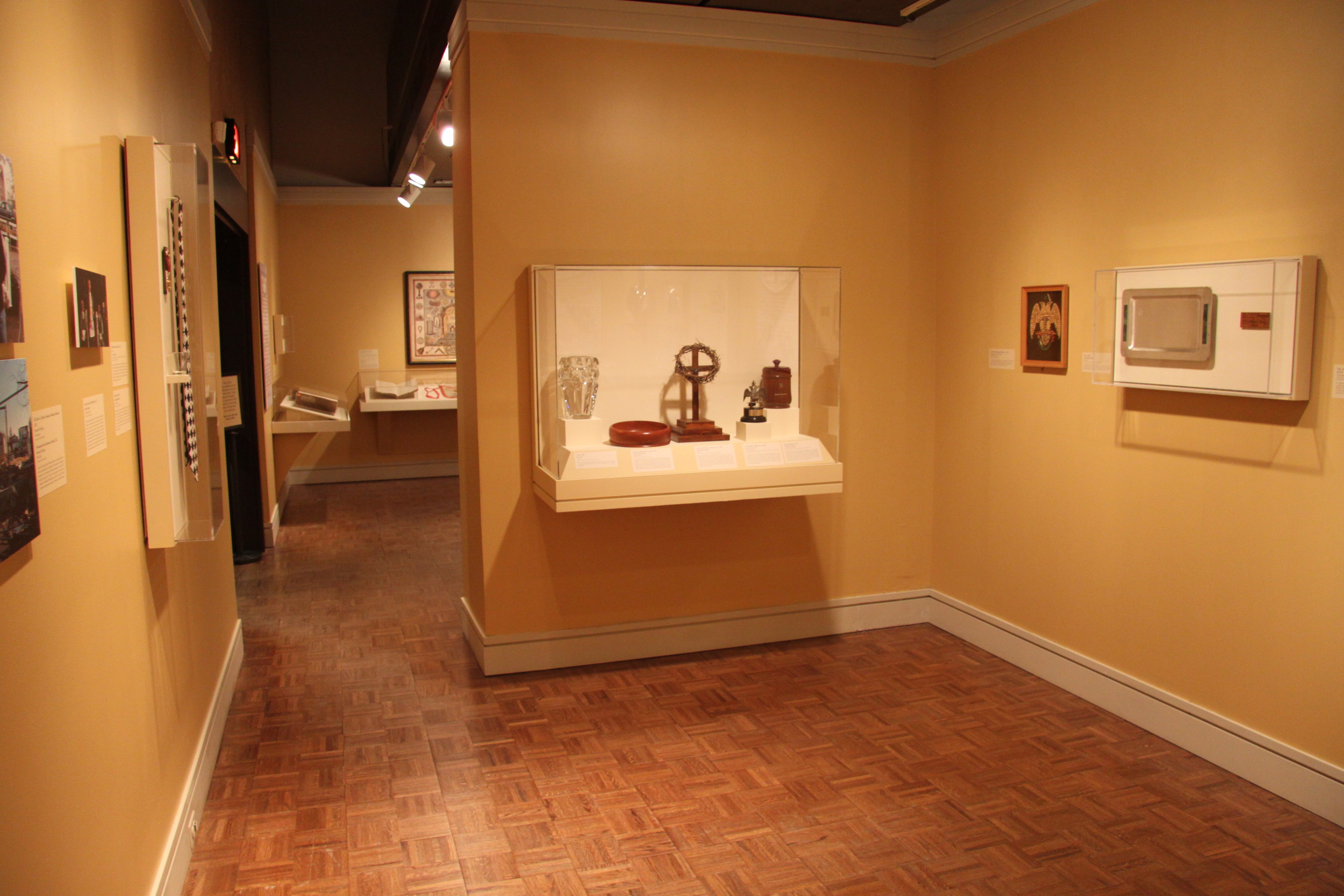Language Matters: Consider “refining” your collections
Amelia Whitehead
Jennifer Kovarik, Registrar and Youth Educator, Vesterheim Norwegian-American Museum Decorah, Iowa.
Context
Many museums have very detailed collections management plans that dissect and explain the various processes and tasks we do as we manage our collections—acquiring objects, accessioning objects cataloging objects, inventorying objects, deaccessioning objects, disposing of objects. It is very easy to give priority or more weight to the tasks we like or are most comfortable with. As Trevor Jones recently asked during his presentation to the Iowa Museum Association, what if we weighted these tasks more equally?
Easier said than done, especially in institutions like mine where the emphasis has been on collecting for nearly 140 years. But language is power, and my institution has started to shift its practices because we have changed our terminology to reframe both thought and practice. Instead of compartmentalizing collections tasks, Vesterheim Museum has renamed them in its strategic plan and staff work plans under the heading of “refining the collection.”
Approach
When we refine, we take small steps to improve the collection. Not giant steps, not quick steps. Small,thoughtful steps can make tasks, like deaccessioning, seem less scary and more manageable in our minds and in our practice. If tasks are manageable in our minds, we are more likely to do them and they become a part of our routine.
Reframing how we as collections staff think about our work can also help others understand and think positively about our collections and how we manage them. For my institution, making our collecting parameters and wish list known to staff and the public has been helpful in acquiring objects with better provenance and relevance to our mission. Making collection refinement a major goal in our strategic plan has helped our collections committee and board of trustees become more comfortable with and come to expect deaccessioning as a regular part of meetings.
Outcomes
My museum still has a lot of refining to do (job security?), but staff and trustees now see the management of our collection as a group of processes and tasks that is much more organic and much more equally weighted. I hope our internal paradigm shift will help us become more comfortable with conversations about our collections practices and policies with the communities we serve.

